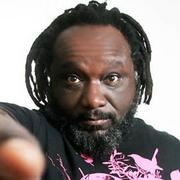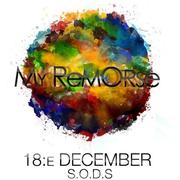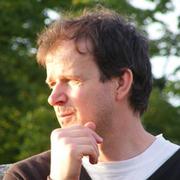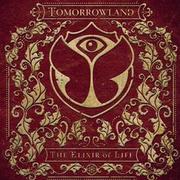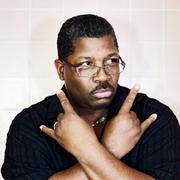Steve Morse
| 基本信息 | |||
|---|---|---|---|
| 姓名 | Steve Morse | 别名 | 暂无 |
| 国籍 | 美国 | 出生地 | |
| 语言 | 性别 | 男 | |
| 生日 | 星座 | ||
| 身高 | 体重 | ||
by Richard SkellyAlthough Steve Morse enjoyed a healthy following among guitar players, his name was never a household commodity, and he remained a cult figure who earned his greatest success in the readers polls held annually by musicians magazines. Although initially inspired by the Beatles, as a teen, Morse began to expand his listening to include the Yardbirds, Jimi Hendrix and Led Zeppelin. Although he played a little piano and some clarinet, he became fascinated with guitar after seeing a concert by classical guitarist Juan Mercadal, who later gave a teenage Morse some lessons. Deeply influenced by a campus performance by John McLaughlins Mahavishnu Quartet while attending the University of Miami, Morse decided to focus on instrumental rock music; in 1974 that he put together his first band, the Dixie Dregs (later simply the Dregs), which would go on to become one of the defining groups in the fusion rock genre. After some 14 albums fronting the Dregs, the Steve Morse Band began their recording career in 1984 with an album called Two Faces. Soon after, Elektra Records snatched Morse up and he cut two albums for the company, The Introduction in 1984 and Stand Up in 1985, before switching to MCA. Morse releases for the label included High Tension Wires (1989), Southern Steel (1991), and Coast to Coast (1992). After leaving MCA in 1992, Morse recorded two excellent albums for Windham Hill/BMG Records, Structural Damage (1995) and StressFest (1996), and also joined Deep Purple for a U.S. and European tour in 1996.
 加载评论内容,请稍等......
加载评论内容,请稍等......



